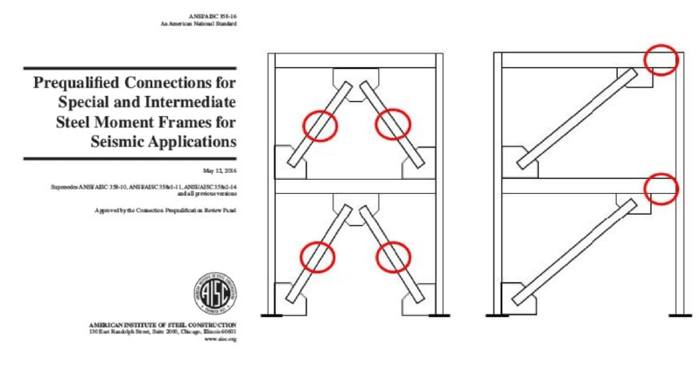
August 17, 2022
AISC 341-16 & AISC 358-16 now included in RISAConnection
The AISC 341-16 and AISC 358-16 Edition changes have been implemented into RISAConnection v13.
Halloween isn’t just for candy and costumes—it’s the perfect time to test your spooky engineering skills! We’ve brewed up a Halloween-themed RISA Jeopardy game, packed with fun, easy questions about our software. Tip for readers: Try to answer before revealing the “treat” below each question! 💀 Can You Count? 100 – RISACalc: How many components are currently available in RISACalc? 10 (Beam, Column, Steel Joist, Composite Beam, Retaining Wall, Spread Footing, Wall Footing, Drilled Pier, Seismic Load, Wind Load) 200 – FD: How many Data Entry spreadsheets are available in RISAFoundation? 25 300 – RISA-3D: How many countries or regions have building codes supported in RISA-3D? 9 (US, Canada, Mexico, Europe, Great Britain, India, Australia, New Zealand, Saudi Arabia) 🎃 Adaptable 100 – ADAPT: Which of these is not an ADAPT product? ADAPT-Builder, ADAPT-Felt, ADAPT-Floor, ADAPT-ABI ADAPT-Floor 200 – ADAPT: Which mode of ADAPT-Builder is used to design slabs-on-grade on expansive soils using the PTI method? ADAPT-SOG 🕸️ The Whole Family 100 – Other: This steel detailing software and fellow Nemetschek brand has a built-in export option in RISA-3D. SDS2 200 – Other: Which design code is the most common in our software, found in 8 of our 10 programs?…
Read More

The AISC 341-16 and AISC 358-16 Edition changes have been implemented into RISAConnection v13.
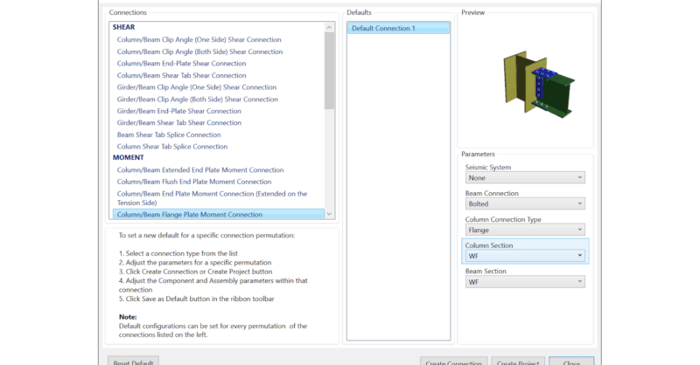
The new connection details view, and defaults viewer in RISAConnection Version 13 provides engineers with enhanced control over individual connection configurations, streamlining the definition process and saving time. For more information about these improvements, check out the video below:
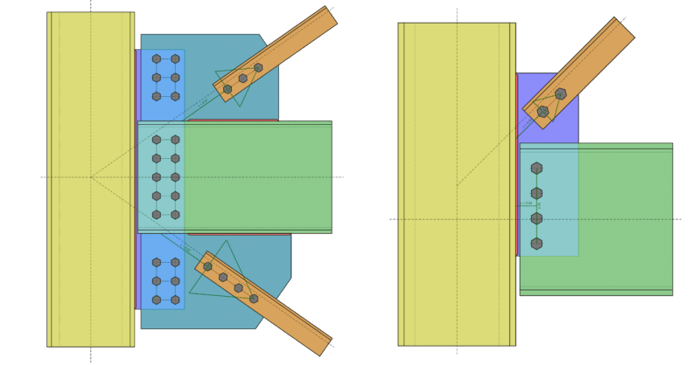
RISAConnection Version 13 now includes the ability to define vertical diagonal brace extended shear tab connections both with and without the use of gusset plates. This connection type was highly requested by users due to its usefulness in a variety of situations. For more information about this...
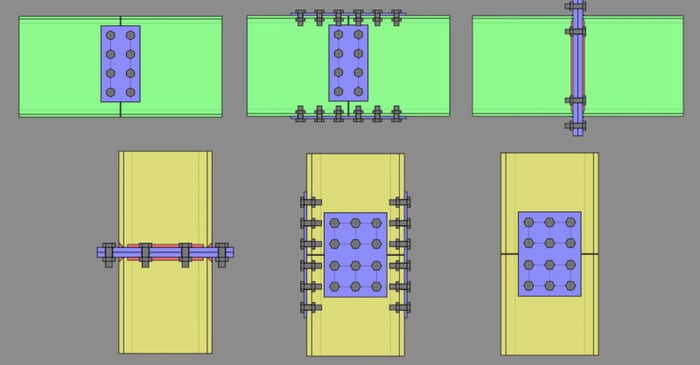
Member Configuration The connection rule must be applied to both sides of the splice (either beam to beam or column to column)
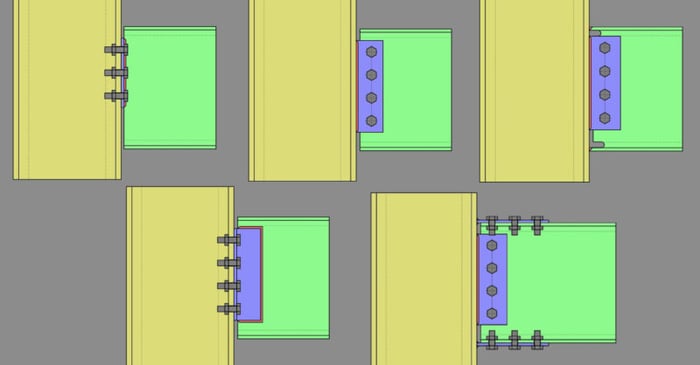
Member Configuration The connection rule must be applied at the end of the beam (not the column).
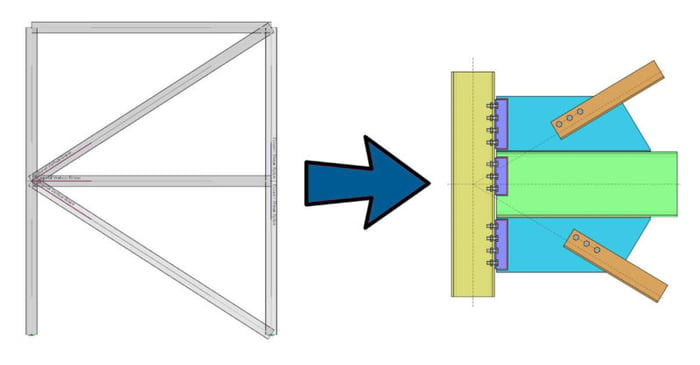
One of the advantages of the RISA Building System is the ability to utilize and share model information (geometry, loading, etc.) between software packages. One such way, is the ability to define hot-rolled steel connections in RISAFloor and/or RISA-3D and then transfer them to RISAConnection for...
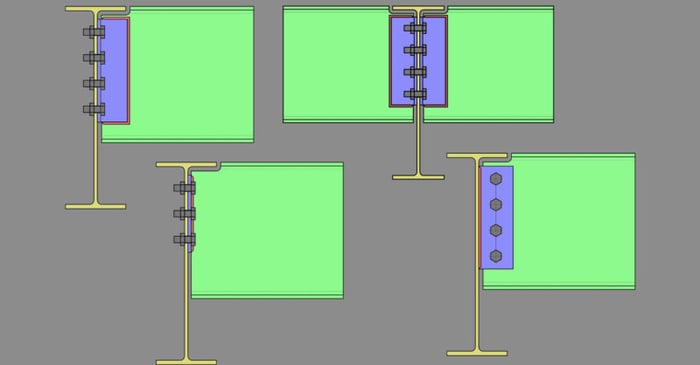
Member Configuration The connection rule must be applied at the end of the beam (not the continuous girder).
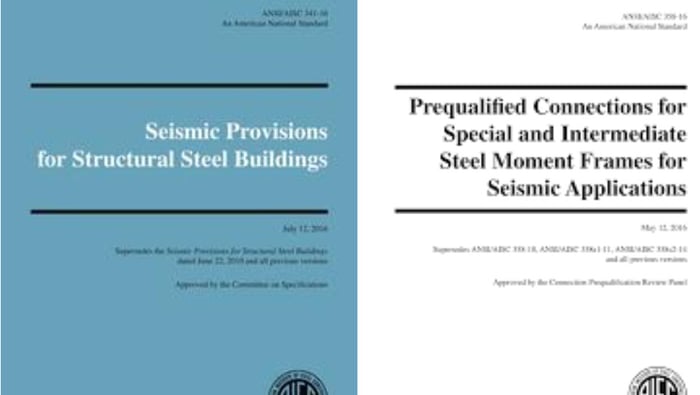
The AISC 341-16 and AISC 358-16 Edition changes have been implemented into RISA-3D v19.

Watch the recording of our webinar to learn how new versions of RISA-3D, RISAFloor, RISAFoundation and RISAConnection provide users with expanded design capabilities, improved product integration and new features including:
Our monthly "Structural Moment" newsletter is the best way to keep up with RISA’s product updates, new releases, new features, training events, webinars and more...